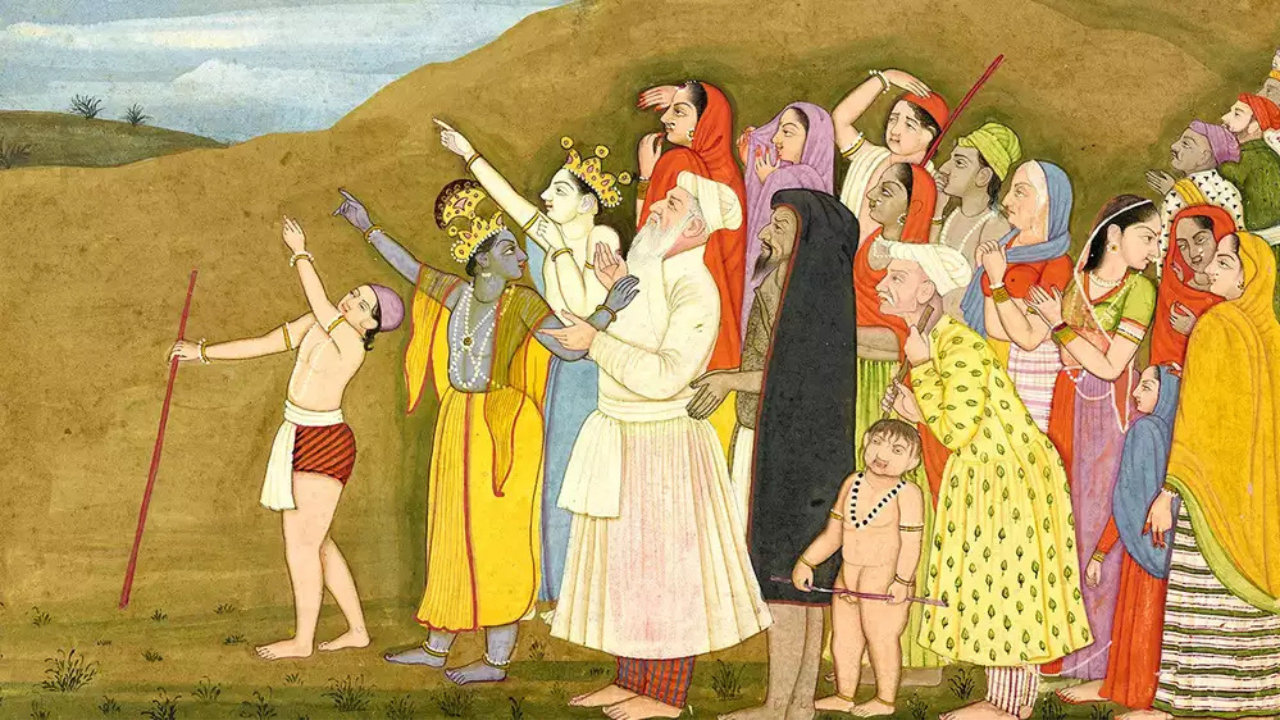Love Transcends: How Compassion Defies Religious Divides

Urdu's Rich Tapestry: A Celebration of India's Linguistic Harmony
Supreme Court's recent recognition serves as a poignant reminder of Urdu's remarkable journey - a language that embodies the profound cultural synergy at the heart of India's linguistic landscape. Far more than just a means of communication, Urdu represents a beautiful confluence of cultures, traditions, and shared histories.
The language's evolution is a testament to India's intricate social fabric, where Hindi and Urdu intertwine like threads in an exquisite cultural fabric. Their relationship transcends mere linguistic boundaries, reflecting a deep, almost romantic connection that has flourished through centuries of shared experiences.
"Apni Urdu" is more than just a phrase; it's an emotional declaration of linguistic pride and cultural belonging. The Supreme Court's acknowledgment celebrates not just a language, but a living, breathing narrative of India's multicultural heritage - a narrative where words bridge divides and celebrate unity.
This moment invites us to appreciate Urdu's nuanced beauty, its poetic rhythms, and its ability to capture emotions that often slip beyond the grasp of ordinary language. It reminds us that languages are living entities, constantly evolving, adapting, and reflecting the soul of a diverse and vibrant nation.
